Archaeologists have such an interesting job. Imagine spending your days digging around in the dirt as you uncover bits and pieces of ancient history that give humanity a more complete picture of the past. Dusty? Yes, but totally worth it, too.
During the excavation of one of America’s oldest and most controversial schools, archaeologists stumbled upon a secret cellar packed with interesting artifacts. What was retrieved caught researchers by surprise.
Archaeologists have stumbled upon a secret cellar while excavating one of America’s oldest and most controversial schools
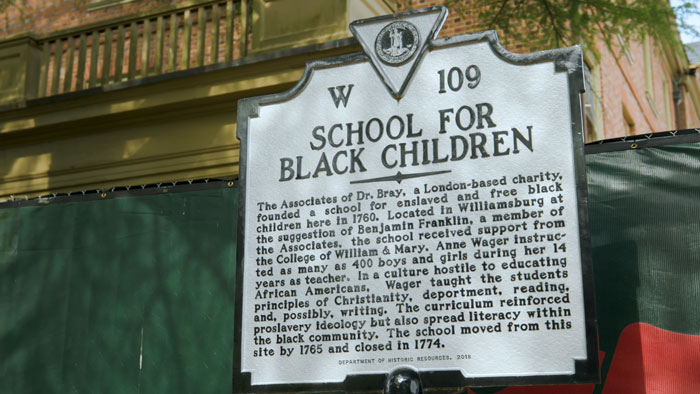
Image credits: William & Mary / YouTube
The secret cellar was discovered during the spring by the Colonial Williamsburg Foundation during an investigation into a renovation project
There aren’t many schools that can say they’re older than the countries in which they reside, but the Williamsburg Bray School certainly can. Not only that, the institution also lays claim to being one of the oldest schools in the U.S. devoted to educating Black Americans.
From 1760 to 1774, head teacher Ann Wager guided both free and enslaved students through lessons from the Anglican Church. And while the school may seem groundbreaking for its time, its history was actually a lot more sinister. You see, Bray School was founded for the questionable purpose of persuading enslaved children to accept their lot in life.
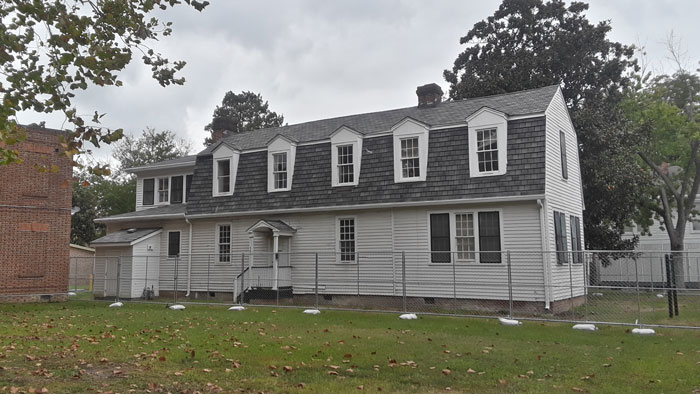
Image credits: Ser Amantio di Nicolao / Wikipedia
What was retrieved caught the researchers by surprise and included goddess monuments dating back hundreds of years
These days, the school serves as a critical chapter in the history of Black education, but historians don’t know much about the students who actually attended it. Fortunately, researchers have just uncovered a few more pieces of the puzzle: the almost-complete foundation of the Bray School and a secret cellar filled with centuries’ worth of artifacts.
These astounding remains fall on the College of William & Mary’s (W&M) campus in Virginia, where excavations were led by the school’s Center for Archaeological Research. According to a press release from W&M, the remains of the cellar are significant, measuring 36 feet by 18 feet.
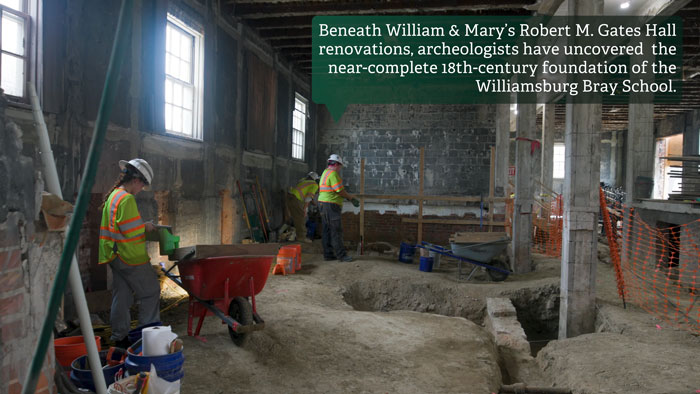
Image credits: William & Mary / YouTube
Archaeologist Tom Higgins explains in the release that the cellar probably had several levels and was dug soon after the original foundation was laid. The most recent excavations revealed the bottom of the cellar to be nearly 18 inches higher than previous research suggested.
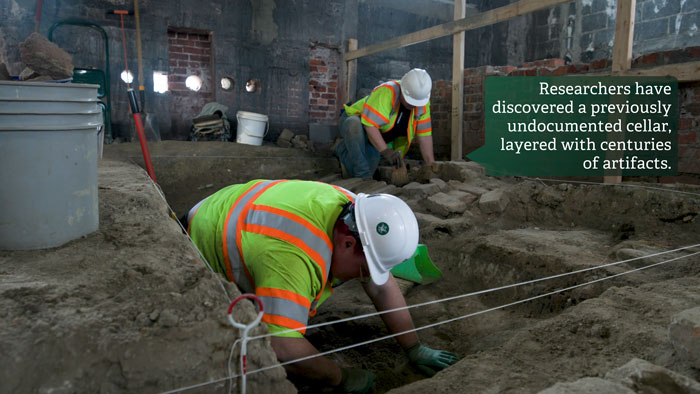
Image credits: William & Mary / YouTube
Perhaps the most significant discovery of all was a shard of glass linked to Minerva, the Roman goddess of justice, war, wisdom, and the arts
“The discovery of this cellar is thrilling,” says W&M President Katherine Rowe. “The roots of our city and university entwine here. Every layer of history that it reveals gives us new insights into our early republic, from the Williamsburg Bray School through the generations that followed, up through the early 20th century.”
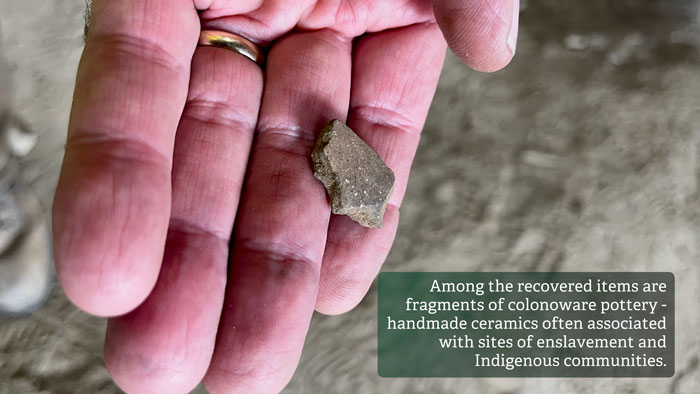
Image credits: William & Mary / YouTube
Maybe even more significant than the cellar itself is the historic treasure the archaeologists unearthed. The artifacts discovered provide a rich story spanning from the 18th to the mid-20th century. Broken pottery shards, slate pencil pieces, buttons, and jewelry paint a clearer picture of everyday life at the controversial school. One of the most remarkable finds was part of a broken glass depicting the Roman goddess of wisdom, Minerva.
“This is exciting,” says director of the W&M Bray School Lab, Maureen Elgersman Lee. “What else are we about to learn? We are not done understanding the history of the Williamsburg Bray School, the history of Black education. We are not done learning the history of this area, and we are certainly not done learning the history of this country.”
The discoveries will be put on permanent display inside Gates Hall, with unique stories attached
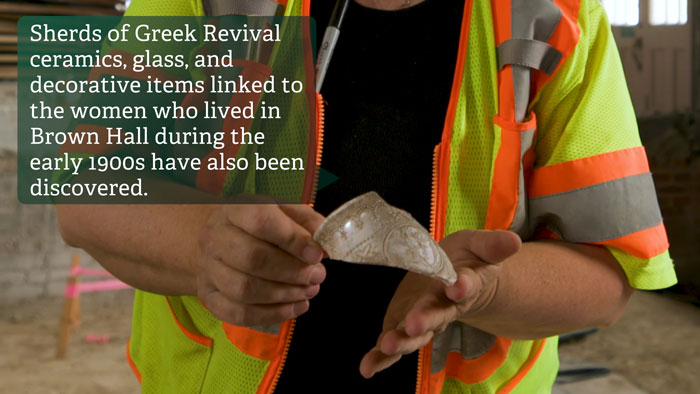
Image credits: William & Mary / YouTube
from Bored Panda https://ift.tt/aOZrFKQ
via IFTTT source site : boredpanda